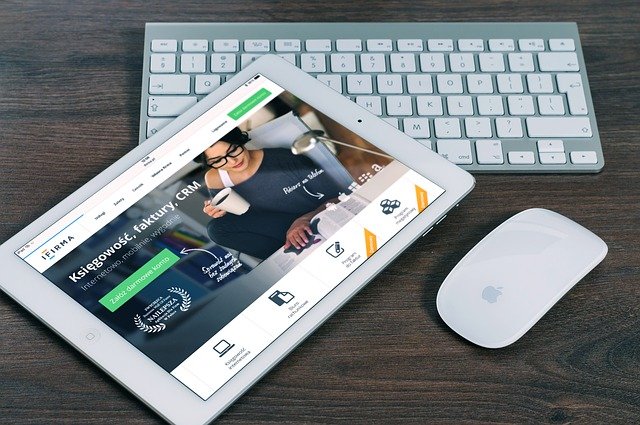In today’s world, having no internet connection is like being cut off from the world. Just like water and electricity, the internet has become an essential utility for modern life. For most of us, the internet is a part of our daily routine. We use it for work, to connect with family and friends, and to stay up-to-date on the latest news. It’s hard to imagine life without it. Unfortunately, even if you’re paying right, there are still times when you might experience a loss of internet connection.
Here are some tips on how to troubleshoot your internet connection if you find yourself without internet access.
- Check if your router is turned on and all cords are plugged in.
If you have Wi-Fi at home, the first thing you should do is check if your router is turned on and all cords are plugged in. Sometimes, routers can be accidentally turned off or unplugged, and that can be the reason why you’re not getting a connection. The routers from every internet service provider usually operate the same, so it wouldn’t be difficult to check the router if it’s functioning or not.
- Check if other devices can connect to the internet.
If other devices in your home are able to connect to the internet, but yours isn’t, there might be a problem with your device itself. Try restarting it and see if that solves the connection issue. If not, it’s best to contact your internet provider to see what’s happening. It can be an account issue or a serious device issue.
- Check for internet outages in your area.
Internet outages are common, regardless if you have DSL, fiber, cable, or satellite internet. If you don’t have an internet connection, there might be a possible outage in your area. If there are none, give your internet provider a call and explain the situation. They will be able to help you troubleshoot the issue and get you back online.
- Disconnect from your VPN software.
VPNs are notorious for causing internet connection issues. If you’re using a VPN and you lost your internet connection, try disconnecting from the software and see if that solves the problem. It’s worth noting that this usually happens with free VPN apps, so if you want to have a stable internet connection while connected to a VPN, we recommend you consider paid VPN software.
- Check your WiFi settings.
If you’re trying to connect to your wireless internet connection and it’s not working, the first thing you should do is check your WiFi settings. Make sure that the network you’re trying to connect to is set to “visible” and that you’re using the correct password. If you still can’t connect to the internet, try restarting your device.
- Try a wired connection.
If you’re experiencing no internet connection via WiFi, you might want to try checking your PC or laptop that’s connected to the modem via Ethernet cables. If your PC or laptop is just working fine, then the problem might be with your WiFi connection.
- Check your browser’s proxy settings.
If you’re using a web browser, the first thing you should do is check your browser’s proxy settings. To do this, go to your browser’s settings and look for the “Connection” or “Network” section. Once you find it, make sure that the proxy server is turned off or set to “No Proxy.”
- Clear your DNS cache.
DNS stands for Domain Name System, and it’s basically a phonebook for websites. Your computer will save DNS information so it can quickly connect to sites that you frequently visit. Over time, this cache can get full and cause connection issues. To clear your DNS cache, go to your operating system’s command prompt and type in “ipconfig/flushdns.”
- Check your firewall settings.
If you have a firewall enabled on your computer, it might be blocking your internet connection. To check if that’s the case, go to your firewall’s settings and look for the “Block all incoming connections” option. If it’s checked, uncheck it and try to connect to the internet again.
- Restart your device.
If all else fails, it’s best to restart the device you’re using. Whether it’s your desktop or mobile, restarting it can often fix connection issues. We also recommend you reset your devices every now and then to prevent experiencing bugs and issues.
Final Thoughts
These are just some of the things you can do if you’re not able to connect to the internet. If you still can’t get a connection, it’s best to contact your internet provider and ask for help. They will be able to troubleshoot the issue and see what’s causing the problem.
